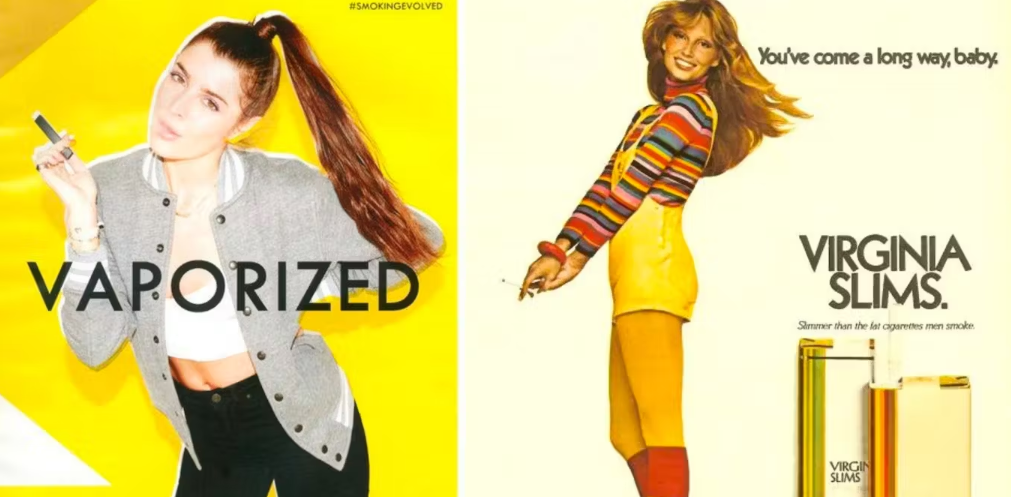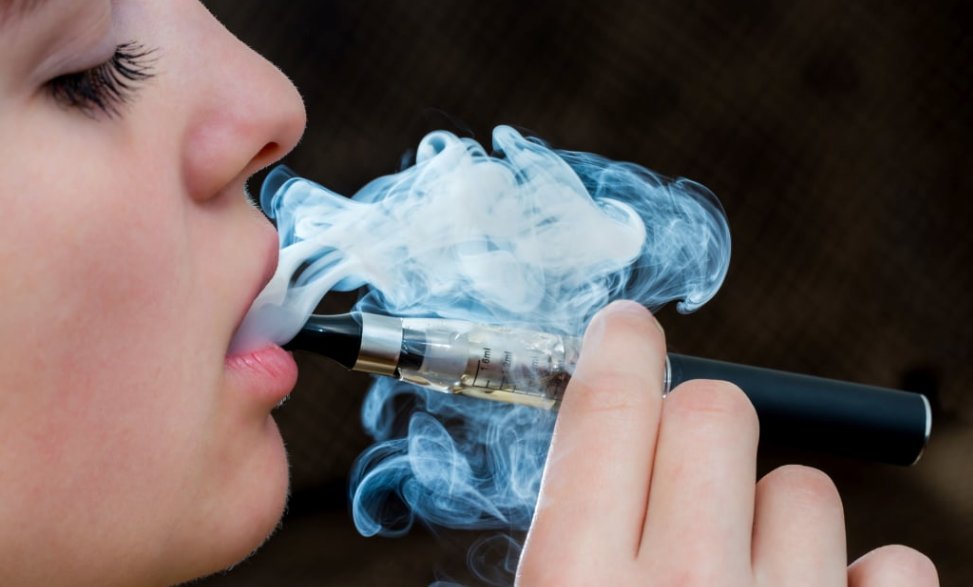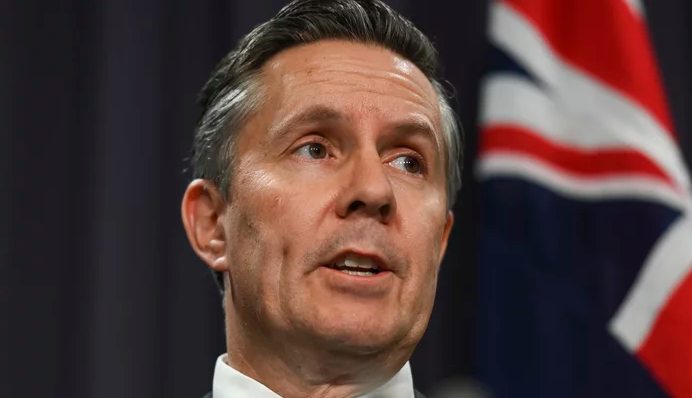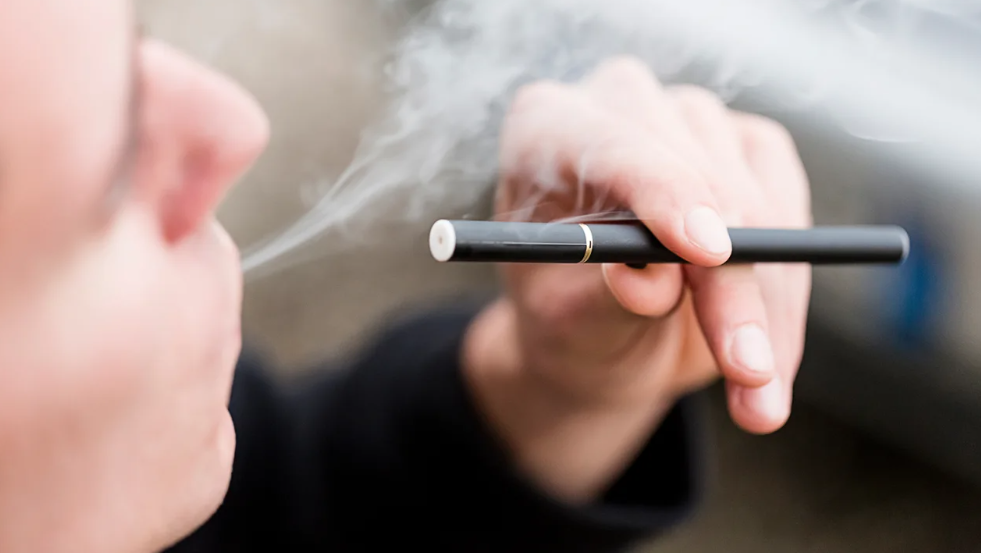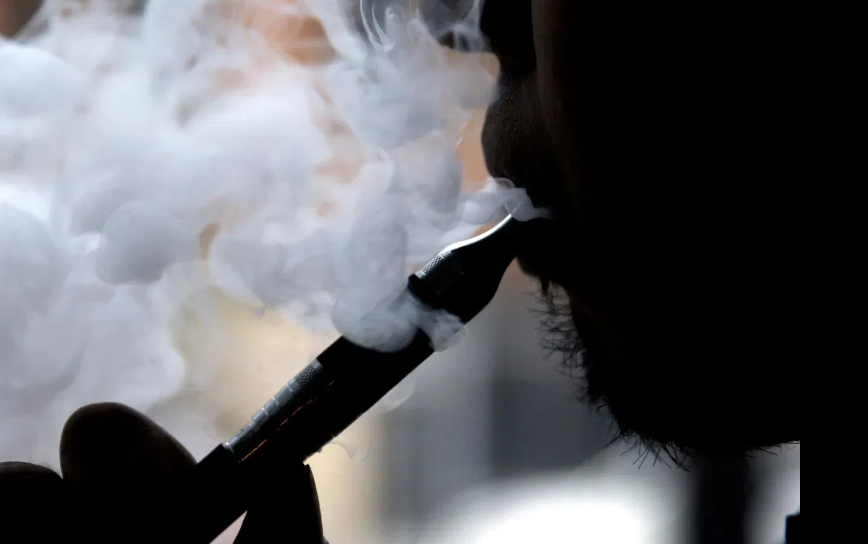In today's digital era, social media platforms such as Instagram, TikTok, and Facebook hold significant influence over popular culture. Unfortunately, they overwhelmingly portray vaping in a positive light, leading to the misconception that e-cigarette use is not only widespread but also socially accepted. This trend poses a serious concern, especially considering the mounting evidence of the harmful health effects of e-cigarettes. In this article, we delve into the issue of TikTok promoting vaping as a fun, safe, and socially accepted pastime while conveniently omitting its inherent risks.
The Impact of Positive Social Media Messaging
The rise in e-cigarette use among young people, including in Australia, is a growing concern. Social media, being predominantly frequented by the youth, plays a pivotal role in shaping their perceptions. Research indicates that young individuals who come across social media posts featuring e-cigarettes are more likely to engage in vaping and hold a positive view of e-cigarette products. This influence is not limited to e-cigarette advertising alone but also extends to user-generated content, with creators inadvertently marketing these products for e-cigarette companies.
TikTok's Emphasis on Tricks and Downplaying Harms
To gain a deeper understanding of how e-cigarettes are being advertised and promoted on social media, we conducted a comprehensive study focused on TikTok. Analyzing 264 user-generated e-cigarette videos in English, we evaluated them against TikTok's own content policy in February 2022. Shockingly, we discovered that an overwhelming majority (98%) of the videos portrayed e-cigarettes in a positive light, disregarding the potential harms associated with their use.
It is disconcerting to note that more than one-quarter of the videos we analyzed blatantly violated TikTok's content policy by actively promoting vaping products for purchase. Moreover, a mere 2% of the posts made any mention of vape or nicotine addiction, while health warnings were almost non-existent. Instead, a significant proportion of the videos focused on creating a sense of community and acceptance around vaping, leading impressionable viewers to believe that vaping is a socially accepted practice.
The Power of Influential Posts and Violations of Content Policy
Among the most popular posts on TikTok, references to vape tricks, such as creating shapes from exhaled aerosol, were prevalent. Research suggests that adolescents are often enticed by these tricks and cite them as a reason for starting to use e-cigarettes. Additionally, humor was used as an effective tool to engage young social media users and normalize vaping.
Disturbingly, videos that violated TikTok's content policy often provided detailed information on how and where to purchase e-cigarette products. This included sharing links to online retailers and other social media accounts. Furthermore, the promotion of offers such as giveaways and sale prices was alarmingly common, directly contravening content policy guidelines. Many posts even featured product reviews, further normalizing and endorsing the use of e-cigarettes.
The Need for Action
It is clear that we cannot solely rely on social media platforms to develop and enforce content policies. Violations of these policies are rampant, and the platforms themselves decide the consequences, often resulting in minimal or no penalties. This becomes problematic as social media platforms have a vested financial interest in not punishing individuals who breach their policies.
While the recent efforts by the federal government to regulate recreational vaping among young people through regulations, enforcement, education, plain packaging, and a ban on flavorings are commendable, the focus on clamping down on e-cigarette advertising, promotion, and sponsorship on social media is conspicuously absent.
There is an urgent need for stricter enforcement of policies surrounding e-cigarette content. Social media platforms should be held accountable and required to report on their efforts to ensure the adherence to regulations. The current policies and moderation processes in place are insufficient in restricting the spread of pro e-cigarette content on TikTok, leaving young social media users vulnerable to the allure of e-cigarette use.
To prevent future harm and the uptake of vaping among young people, greater regulation of e-cigarette content and its promotion is imperative. This should include stricter monitoring of social media platforms, the imposition of penalties for policy violations, and the development of comprehensive reporting mechanisms to ensure transparency and accountability.
In conclusion, TikTok's promotion of vaping as a fun, safe, and socially accepted pastime while omitting the associated risks is deeply concerning. Social media platforms have a responsibility to protect their users, especially the impressionable youth, from harmful influences. It is crucial for policymakers, social media platforms, and society as a whole to work together to address this issue effectively and safeguard the well-being of young people.
FAQs
-
Is vaping really that harmful? Vaping carries its fair share of risks. While it is often marketed as a safer alternative to traditional smoking, it is not without its health hazards. Research has shown that e-cigarettes can have negative effects on lung health and may lead to addiction to nicotine, among other potential health risks.
-
Why are social media platforms like TikTok promoting vaping? Social media platforms prioritize user engagement and often profit from advertising revenue. By allowing the promotion of vaping-related content, they attract a wider audience and generate more interactions. Unfortunately, this comes at the cost of potentially exposing young users to the dangers of e-cigarette use.
-
What can individuals do to combat the influence of vaping on social media? It's crucial for individuals, especially young people, to approach social media content critically. By educating themselves about the risks associated with vaping and actively seeking reliable information, they can make informed decisions and resist the pressure to engage in harmful behaviors.
-
Should e-cigarette advertising be banned altogether? Stricter regulations on e-cigarette advertising are necessary to protect young people from being targeted and influenced by these campaigns. While a complete ban may be debated, it is crucial to strike a balance between the need for informed decision-making and the protection of vulnerable populations.
-
What other measures can be taken to address the issue of vaping on social media? In addition to stricter enforcement of content policies, comprehensive education programs on the risks of vaping should be implemented. Collaboration between public health organizations, governments, and social media platforms can help raise awareness and provide support for individuals who want to quit vaping or avoid starting altogether.

